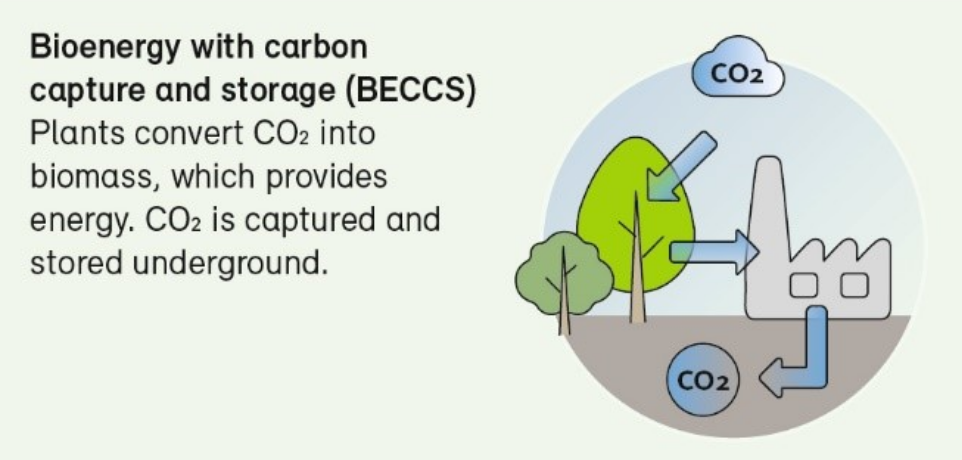Background
Negative emission technologies (NETs) will likely play a critical role in climate mitigation and in reaching net-zero carbon emissions. NETs are strategies whereby CO2 is captured and removed from the atmosphere. NETs are receiving an increasing interest not only from the scientific community, but also from the international political community and the corporate world. For example, NETs are being considered by Switzerland to mitigate difficult to reduce carbon emissions and to reach net-zero-CO2-emissions by 2050.
Scenarios for carbon dioxide removal deployment consistent with climate goals involve gigatonne-scale deployment of Bio-Energy with Carbon Capture and Storage (BECCS) within the next several decades. BECCS involves the capture and permanent sequestration of biogenic CO2 produced during energy conversion from biomass and is widely considered due to its near-term feasibility, scalability, and ability to produce reliable energy.
Goals
We aim to estimate at unprecedented resolution the bioenergy potential in Switzerland when accounting for its techno-environmental constraints. Based on the analysis both of the availability of biomass, bioenergy potential, and of the infrastructure for CO2 capture and sequestration, we will combine process engineering, spatial optimization, and environmental modelling to consider the technical and environmental feasibility of carbon removal with BECCS. Using the Nexus-e Swiss power system model we will assess the role that bioenergy could have for Switzerland to meet net-zero targets by 2050.
Schematic representation of BECCS (Source: Swiss Federal Office for the Environment)


